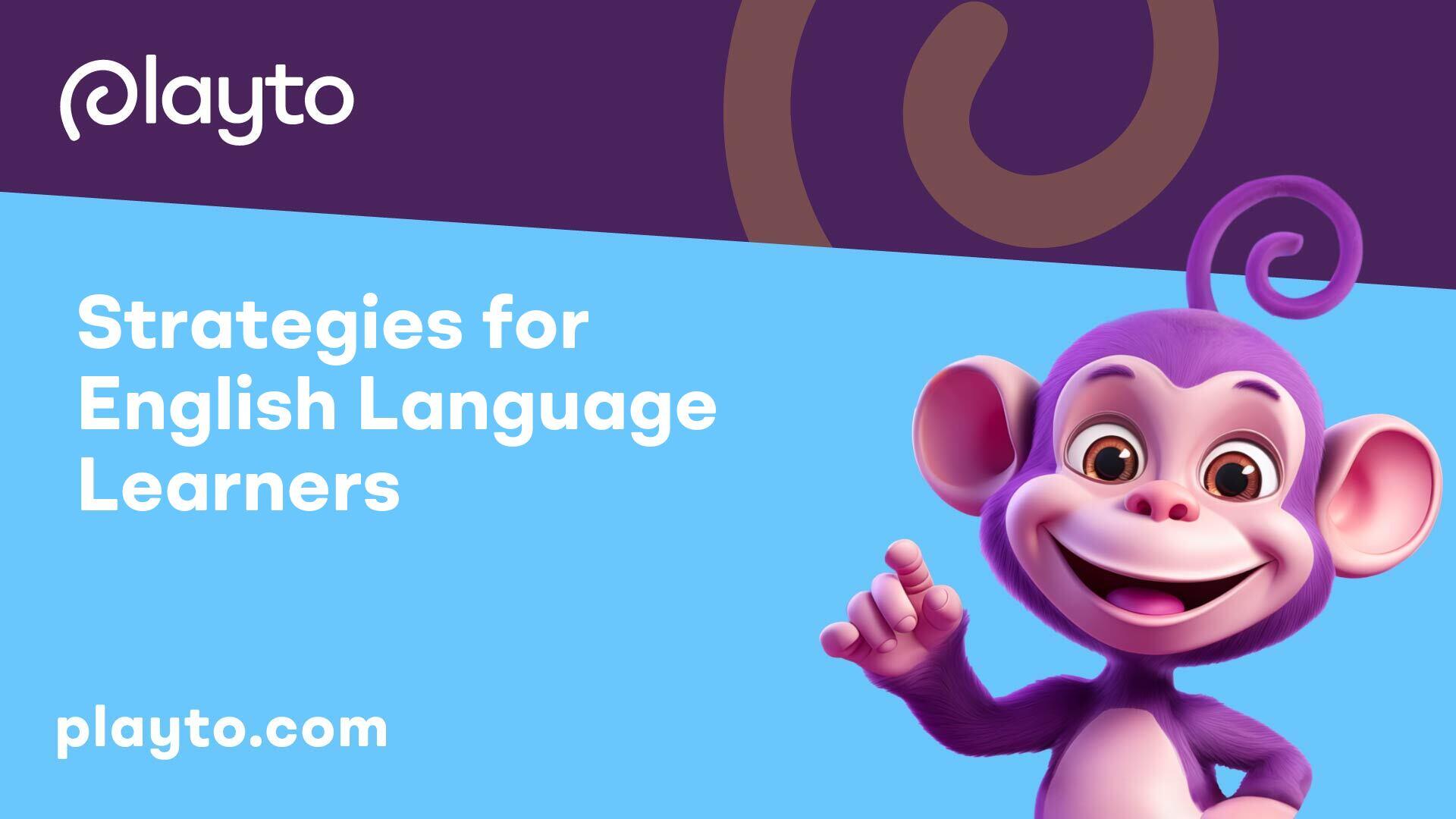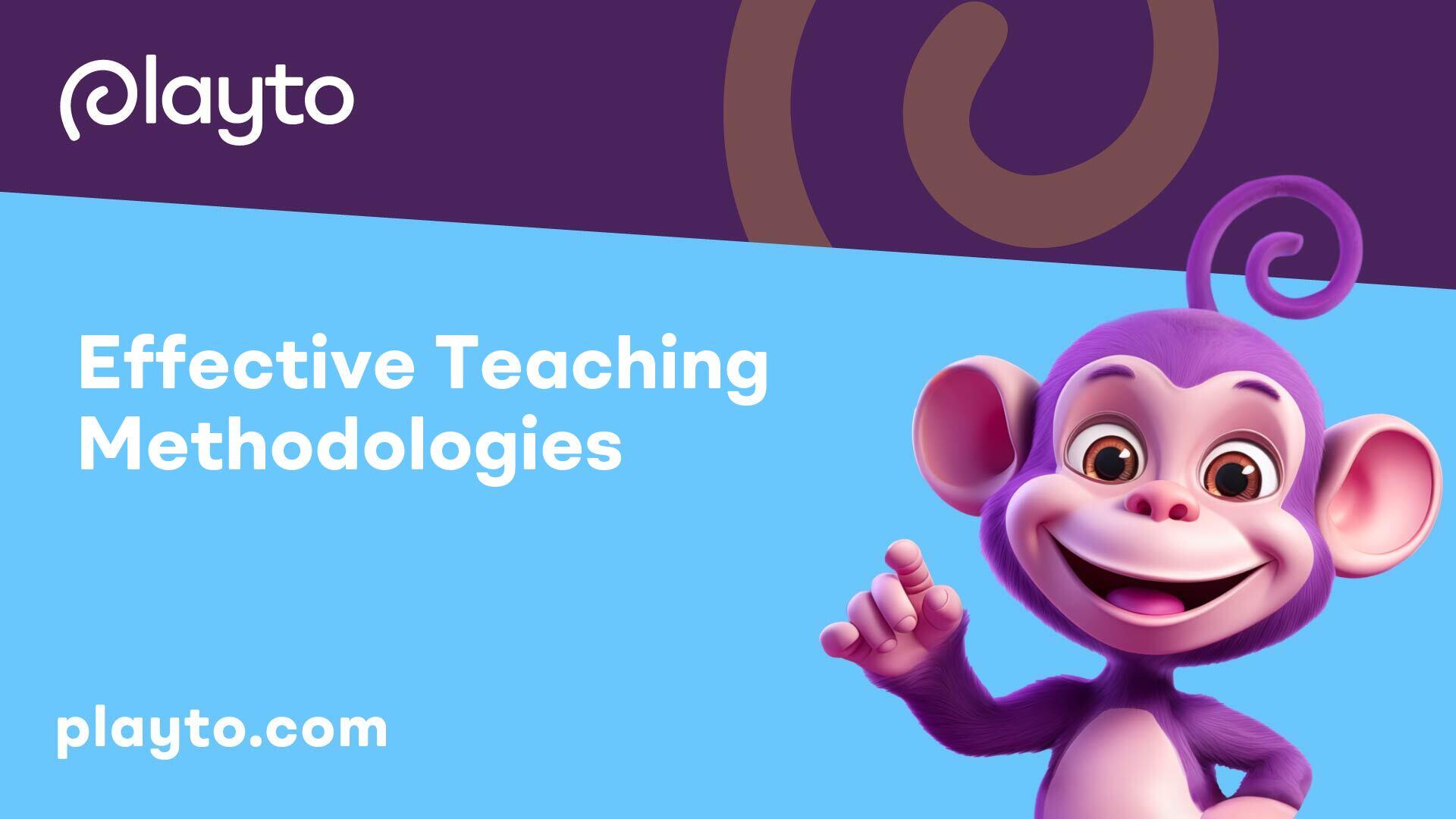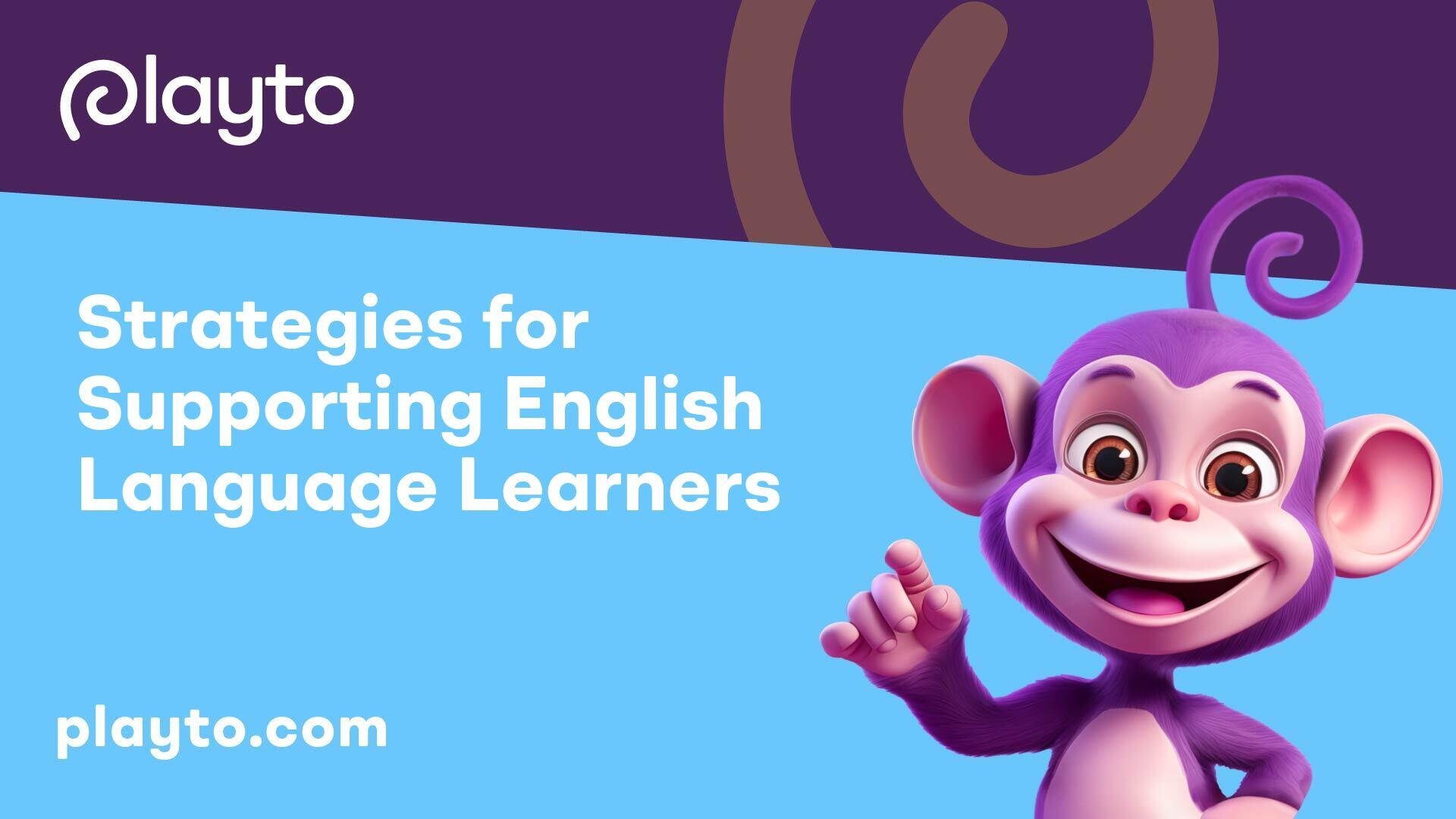
Strategies for English Language Learners
Supporting English Language Learners (ELLs) is a critical aspect of educational systems, ensuring that all students have equal opportunities to succeed and thrive academically. Understanding the importance of supporting ELLs and recognizing the impact of high-quality ESL instruction are essential components of creating an inclusive and effective learning environment for these students.
Importance of Supporting ELLs
More than two-thirds of teachers have at least one English language learner (ELL) in their classrooms, with less than half of these teachers having received formal training on how to teach these students. This highlights the urgent need for educators to have access to high-quality resources and professional development opportunities to effectively meet the diverse needs of ELLs.
By implementing research-backed teaching methods, developing high-quality curriculum, and adapting grade-level materials to be ELL-friendly, schools can create a supportive and nurturing environment that fosters the academic success of English language learners. Addressing the linguistic and cultural barriers that ELLs face in educational settings is instrumental in promoting their language development, academic achievement, and overall well-being.
Impact of High-Quality ESL Instruction
Studies have shown that high-quality ESL instruction positively impacts ELL students' academic success. ELLs who receive comprehensive ESL support demonstrate improved performance and higher rates of on-time graduation [1]. Effective ESL instruction goes beyond language acquisition; it encompasses cultural sensitivity, differentiated instruction, and personalized learning experiences tailored to the unique needs of ELLs.
By utilizing methodologies such as Total Physical Response (TPR), Communicative Language Teaching (CLT), Content-Based Instruction (CBI), Collaborative Learning, and Task-Based Language Teaching (TBLT), educators can provide engaging and dynamic learning opportunities that cater to the diverse learning styles and preferences of ELLs. These approaches help create a supportive and inclusive learning environment where ELLs can thrive and reach their full potential.
Ensuring active involvement and collaboration with ELL families and communities is also crucial in empowering ELL students and promoting their academic success. By fostering strong partnerships with families, sharing resources, and setting clear expectations, schools can create a supportive network that enhances the educational experiences of ELLs and strengthens their overall academic journey.

Challenges Faced by ELLs
Supporting English Language Learners (ELLs) is crucial in educational settings due to the unique challenges they encounter in the learning process. Two significant challenges faced by ELLs are Language Barriers in Academics and Cultural Adaptation Difficulties.
Language Barriers in Academics
One of the primary obstacles encountered by ELL students is the challenge of communicating effectively in the academic environment. Understanding teacher instructions, participating in classroom discussions, and grasping complex academic concepts can be daunting tasks for ELLs with limited language skills. This language barrier often leads to lower academic achievement and increased dropout rates among ELL students.
To overcome language barriers, schools must implement research-backed teaching strategies and provide ELL students with access to high-quality ESL instruction. By making grade-level materials more ELL-friendly and ensuring that teachers use language-accessible methods, schools can help bridge the achievement gap and support the academic success of ELL students.
Cultural Adaptation Difficulties
In addition to language challenges, ELL students often face difficulties in adapting to a new cultural and educational environment. Cultural adaptation issues can manifest in various ways, including adjusting to new social norms, customs, and academic expectations. These challenges can hinder the academic progress of ELLs and potentially lead to increased dropout rates [1].
To address cultural adaptation difficulties, schools should provide comprehensive support to ELL students by integrating cultural competency training for teachers and staff. By promoting an inclusive and culturally responsive learning environment, schools can help ELL students feel more connected and engaged in the educational process. Engaging ELL families and communities can also play a crucial role in supporting cultural adaptation and fostering a sense of belonging for ELL students within the school community.
By recognizing and addressing the language and cultural challenges faced by ELLs, educators and schools can create a supportive and inclusive learning environment that empowers ELL students to thrive academically and achieve success in their educational journey.

Effective Teaching Methodologies
In the realm of supporting English Language Learners (ELLs), employing effective teaching methodologies is crucial to facilitate their language acquisition and academic success. Two prominent approaches in this domain are Total Physical Response (TPR) and Communicative Language Teaching (CLT).
Total Physical Response (TPR)
Total Physical Response (TPR) is a teaching strategy that emphasizes the use of physical movement to enhance language learning. By integrating gestures and physical actions into language instruction, educators can provide ELL students with visual cues that reinforce language comprehension and retention. According to Edutopia, incorporating gestures and TPR can significantly enhance communication and language learning for ELL students.
Through TPR, teachers can teach vocabulary and grammatical structures by associating them with specific physical movements, mimicking how young children naturally acquire language skills. This hands-on approach not only makes learning more engaging but also helps reinforce verbal concepts through kinesthetic learning. Utilizing TPR can create dynamic and interactive learning experiences that cater to the diverse needs of ELL students.
Communicative Language Teaching (CLT)
Communicative Language Teaching (CLT) is another effective methodology for supporting ELLs by focusing on real-life communication and language use. This approach prioritizes meaningful interaction in the target language, encouraging students to engage in authentic conversations and activities that mirror everyday language exchanges. By immersing ELL students in practical language contexts, CLT helps develop their speaking, listening, reading, and writing skills in a holistic manner.
CLT fosters language proficiency by emphasizing the function of language in communication rather than rote memorization of vocabulary or grammar rules. According to American University, methodologies like CLT provide engaging and dynamic learning experiences that cater to the unique needs of ELLs, promoting interactive and communicative language skills development.
By incorporating Total Physical Response (TPR) and Communicative Language Teaching (CLT) into language instruction, educators can create a comprehensive and immersive learning environment that empowers ELL students to actively participate in language learning and confidently use English in diverse social and academic settings. These methodologies not only enhance language acquisition but also promote cultural integration and proficiency in real-world language applications.
School Strategies for ELL Support
When it comes to fostering a supportive environment for English language learners (ELLs) in schools, it is crucial to implement effective strategies that enhance their learning experience and promote academic success. Two key school strategies that play a significant role in supporting ELLs are training and professional development for educators and engaging ELL families and communities.
Training and Professional Development
Schools can significantly impact the educational outcomes of ELLs by providing ongoing training and professional development opportunities for teachers. By equipping educators with the necessary skills and knowledge to effectively support ELLs, schools can ensure that these students receive high-quality instruction that meets their unique needs.
According to Education Advanced, implementing research-backed teaching methods, developing high-quality curriculum, and adapting grade-level materials to be ELL-friendly are critical strategies for supporting these students. By investing in training programs that focus on language, culture, and diversity, schools can enhance teachers' abilities to create inclusive learning environments that cater to the linguistic and cultural diversity of ELLs.
Engaging ELL Families and Communities
In addition to providing professional development for educators, schools should actively engage ELL families and communities to create a strong support network for these students. Cultivating positive relationships with ELL families, including extended family members and community stakeholders, is essential for fostering a welcoming and inclusive school environment.
Practical strategies, such as those recommended by Education Advanced, include making ELL families feel comfortable within the school community, using various forms of communication to connect with families, and encouraging participation in school activities. By removing barriers to family involvement and promoting a collaborative partnership between schools and ELL families, institutions can create a supportive network that enhances the academic success of ELL students.
By prioritizing training and professional development for educators and promoting active engagement with ELL families and communities, schools can create a nurturing and inclusive educational environment that empowers English language learners to thrive academically and achieve their full potential. These strategies not only benefit ELLs but also contribute to a more equitable and supportive learning environment for all students.
Technology in Supporting ELLs
In the realm of education, technology plays a crucial role in enhancing the learning experience for English Language Learners (ELLs). Two innovative technological tools that have proven to be particularly effective in supporting ELLs are closed captioning for enhanced learning and voice typing for writing assistance.
Closed Captioning for Enhanced Learning
Utilizing closed captioning during the presentation of video content can significantly benefit ELL students. A 2017 study, as highlighted by Edutopia, demonstrates that closed captioning enhances learning for all students, including ELLs. By providing text synchronized with audio, closed captioning supports ELLs in improving their comprehension and literacy skills.
Not only does closed captioning aid ELL students in understanding spoken language, but it also facilitates vocabulary acquisition and reinforces language patterns. This technology serves as a valuable tool for educators to create an inclusive learning environment that caters to the diverse needs of all students. Utilizing closed captioning ensures that ELLs have access to vital visual cues that enhance their comprehension and retention of educational content.
Voice Typing for Writing Assistance
Voice typing technology, such as the feature available in Google Docs, offers a voice-to-text option that can greatly assist students, including ELLs, who may struggle with spelling and writing tasks. This tool enables students to verbally dictate their thoughts and ideas, which are then transcribed into written form. ELL students can leverage voice typing to express themselves in their native language and subsequently translate their words using tools like Google Translate.
As highlighted by Edutopia, voice typing is particularly beneficial for ELL students who possess oral language proficiency but require additional support in written expression. By eliminating barriers related to spelling and language mechanics, voice typing empowers ELLs to convey their knowledge and creativity effectively in written assignments.
Integrating closed captioning and voice typing technologies into educational settings not only enhances the learning experience for ELL students but also promotes inclusivity and accessibility in the classroom. By embracing these innovative tools, educators can create an enriching educational environment that caters to the diverse needs of all learners, ultimately fostering academic success and linguistic development for English Language Learners.
Practical Classroom Strategies
For educators seeking effective strategies to support English language learners (ELLs) in the classroom, incorporating practical techniques can significantly enhance the learning experience. Two impactful strategies include utilizing gestures and Total Physical Response (TPR) and providing students with a language toolbox.
Gestures and Total Physical Response
Incorporating gestures into communication can greatly benefit ELL students by increasing comprehensible input and reinforcing verbal concepts. Total Physical Response (TPR) is a teaching method that involves using physical movements to teach vocabulary, aiding in language acquisition similar to how young children learn language naturally. By integrating gestures into instruction, educators can make content more accessible and engaging for ELL students, facilitating better understanding and retention of information.
Gestures and TPR not only help ELL students comprehend new vocabulary and concepts but also provide a kinesthetic approach to learning that caters to different learning styles. This interactive teaching method can create a dynamic and inclusive classroom environment where all students, regardless of language proficiency, can actively participate and learn.
Building a Language Toolbox
Equipping ELL students with a language toolbox can serve as a valuable resource to support their language development. This toolbox consists of illustrated vocabulary words organized thematically, providing students with a quick reference for learning new words and filling in gaps in their understanding. By having access to a variety of visual prompts, ELL students can easily locate and learn words related to different topics, enhancing their communication skills and expanding their language proficiency.
The language toolbox acts as a scaffold for ELL students, helping them bridge language barriers and express themselves more effectively. Educators can encourage students to use the toolbox during independent work, writing tasks, or group activities, fostering autonomy and language growth. By integrating this resource into the classroom environment, teachers can create a supportive and enriching space that nurtures the language development of ELL students.
By implementing practical classroom strategies like gestures and TPR, along with providing a language toolbox, educators can create an inclusive and engaging learning environment that supports the linguistic and academic growth of English language learners. These strategies not only facilitate language acquisition but also empower ELL students to actively participate in learning activities and build their confidence in using the English language.
Instructional Techniques for ELLs
When it comes to teaching English Language Learners (ELLs), employing effective instructional techniques is paramount to their language development and academic success. Two key strategies that have been proven to be highly beneficial for ELLs are the use of sentence frames and word banks, and implementing comprehensible input.
Sentence Frames and Word Banks
Utilizing sentence frames in conjunction with word banks, word phrases, or visual aids is a recommended approach when teaching ELLs. These tools provide a structured framework for both oral and written communication, assisting students in expressing complete thoughts and sentences in English. Sentence frames not only aid in language production but also enhance students' self-efficacy in language learning.
Incorporating sentence frames and word banks helps scaffold the learning process for ELLs, enabling them to practice and apply vocabulary and grammar in context. By providing students with the necessary linguistic support, educators can empower ELLs to engage more confidently in classroom discussions and written assignments.
Comprehensible Input for Understanding
Comprehensible input stands out as a highly effective strategy for facilitating language comprehension among English Language Learners. This approach involves presenting language in a manner that is understandable to students, even if they may not grasp every single word. By using gestures, visuals, simplified language, and context clues, teachers can make the input more accessible and comprehensible for ELLs.
Creating a learning environment where ELLs can comprehend the language being taught fosters deeper understanding and retention of content. By breaking down language barriers through comprehensible input, educators can enhance ELLs' language acquisition and academic performance.
By incorporating these instructional techniques, educators can provide meaningful support to English Language Learners, equipping them with the tools and strategies necessary to thrive in their language learning journey. Continuously adapting and refining teaching practices based on the unique needs of ELLs can lead to increased language proficiency and overall academic achievement.
Importance of Differentiated Instruction
Differentiated instruction plays a vital role in supporting English Language Learners (ELLs) by addressing their diverse learning needs and striving towards achieving educational parity. This approach aims to modify specific curriculum elements based on students' readiness, interests, and learning profiles, ensuring equal access to essential academic content for all students, including ELLs.
Addressing Diverse Learning Needs
Differentiated instruction is centered on creating a balance between academic content and individual student requirements. It involves presenting the same content in various ways and at different levels to cater to diverse student needs, without changing the content itself. By modifying specific curriculum elements based on students' readiness, interests, and learning profiles, teachers can effectively address the diverse learning needs of ELLs and ensure they have equal access to important academic content.
Achieving Educational Parity
In educating ELLs, it is crucial to maintain instructional rigor, level of content, and high expectations without compromising by altering the content for easier understanding. Differentiated instruction allows teachers to adjust their teaching approach to meet the learning needs of students, ensuring that ELLs are provided with the opportunity to learn the same rigorous academic content as native English speakers. By taking into account students' English language proficiency levels and addressing factors that impact learning, differentiated instruction facilitates achieving educational parity for ELLs.
Through differentiated instruction, teachers can adapt teaching strategies and assessment methods to support the diverse population in the classroom, encompassing various academic needs, cultural backgrounds, learning styles, and languages. This approach offers an effective means of meeting the needs of all students, including ELLs, and providing them with equal access to learning opportunities. By implementing differentiated instruction, teachers can create an inclusive learning environment that supports the success and growth of every student, fostering educational parity among diverse learners.
References
[2]:
[3]:
